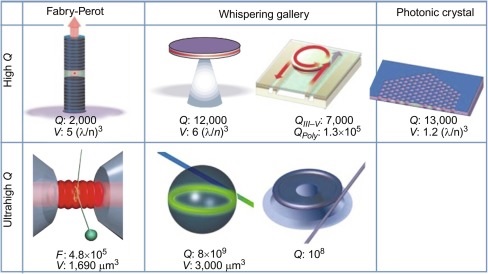Optical Resonators: Fundamentals, Applications, and Supermode Technology

About Course
Step into the vibrant world of optical resonators—an essential cornerstone of modern photonics and optics—that power everything from high-speed lasers to innovative sensing and quantum communication systems. In this course, you will explore the fundamental principles and unique behaviors of optical resonators, gain an in-depth understanding of various resonator types (such as Fabry–Perot, ring, and whispering gallery resonators), and discover their critical role in shaping advanced light sources, spectroscopic techniques, and photonic integrated circuits. Through engaging lectures and real-world examples, you’ll unravel the mysteries of resonance, Q-factors, mode stability, and losses, while also delving into cutting-edge supermode technology that promises to revolutionize power scaling, nonlinear optics, and quantum frequency conversion.
Beyond theoretical insights, this course is designed to provide practical knowledge about how optical resonators are integrated into lasers, sensors, and communication devices. You’ll learn how these fascinating structures are harnessed to generate ultrafast pulses, optimize laser performance, and enhance precision in spectroscopic applications. By understanding both fundamental concepts and emerging trends in nanophotonics and metasurfaces, you’ll be well-equipped to contribute to advancements in photonic research and technology, setting the stage for innovations in quantum photonics and optical switching that could define the future of light-based technologies.
Course Content
Introduction
Importance of optical resonators in photonics and optics
00:00Overview of the ebook’s contents and objectives
00:00